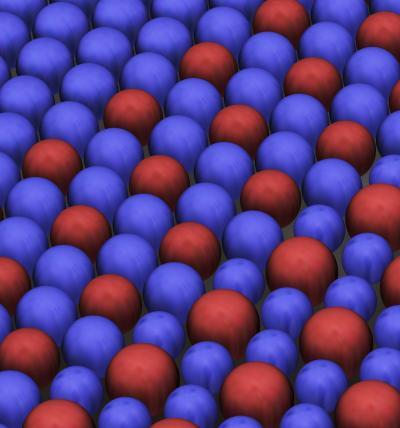Alan Turing was long famous in computer science and then became notable due to his sexuality and its controversy in England. Less well known is his work in biology and chemistry.
During World War II, Turing helped cracked the German Enigma Code, which made it possible to decipher enemy transmissions. After the war, he was convicted of homosexuality — a criminal offense in England — and sentenced to chemical castration. Shortly after his trial, and before he killed himself in 1954, he published a biology paper, "The Chemical Basis of Morphogenesis."
Turing proposed his hypothesis of morphogenesis, or how identical copies of a single cell differentiate, for example, into an organism with arms and legs, a head and tail, and became the first to offer an explanation of morphogenesis through chemistry. He hypothesized that identical biological cells differentiate, change shape and create patterns through a process called intercellular reaction-diffusion. In this model, a system of chemicals react with each other and diffuse across a space — say between cells in an embryo.
These chemical reactions need an inhibitory agent, to suppress the reaction, and an excitatory agent, to activate the reaction. This chemical reaction, diffused across an embryo, will create patterns of chemically different cells.
Now, 60 years after Turing's death, researchers from Brandeis University and the University of Pittsburgh writing in the Proceedings of the National Academy of Sciences
have provided the first experimental evidence that validates Turing's theory in cell-like structures.

Turing predicted six different patterns could arise from this model.
At Brandeis, Seth Fraden, professor of physics, and Irv Epstein, the Henry F. Fischbach Professor of Chemistry, created rings of synthetic, cell-like structures with activating and inhibiting chemical reactions to test Turing's model. They observed all six patterns plus a seventh unpredicted by Turing.
Just as Turing theorized, the once identical structures — now chemically different — also began to change in size due to osmosis.
This research could impact not only the study of biological development, and how similar patterns form in nature, but materials science as well. Turing's model could help grow soft robots with certain patterns and shapes.
Source: Brandeis University






Comments